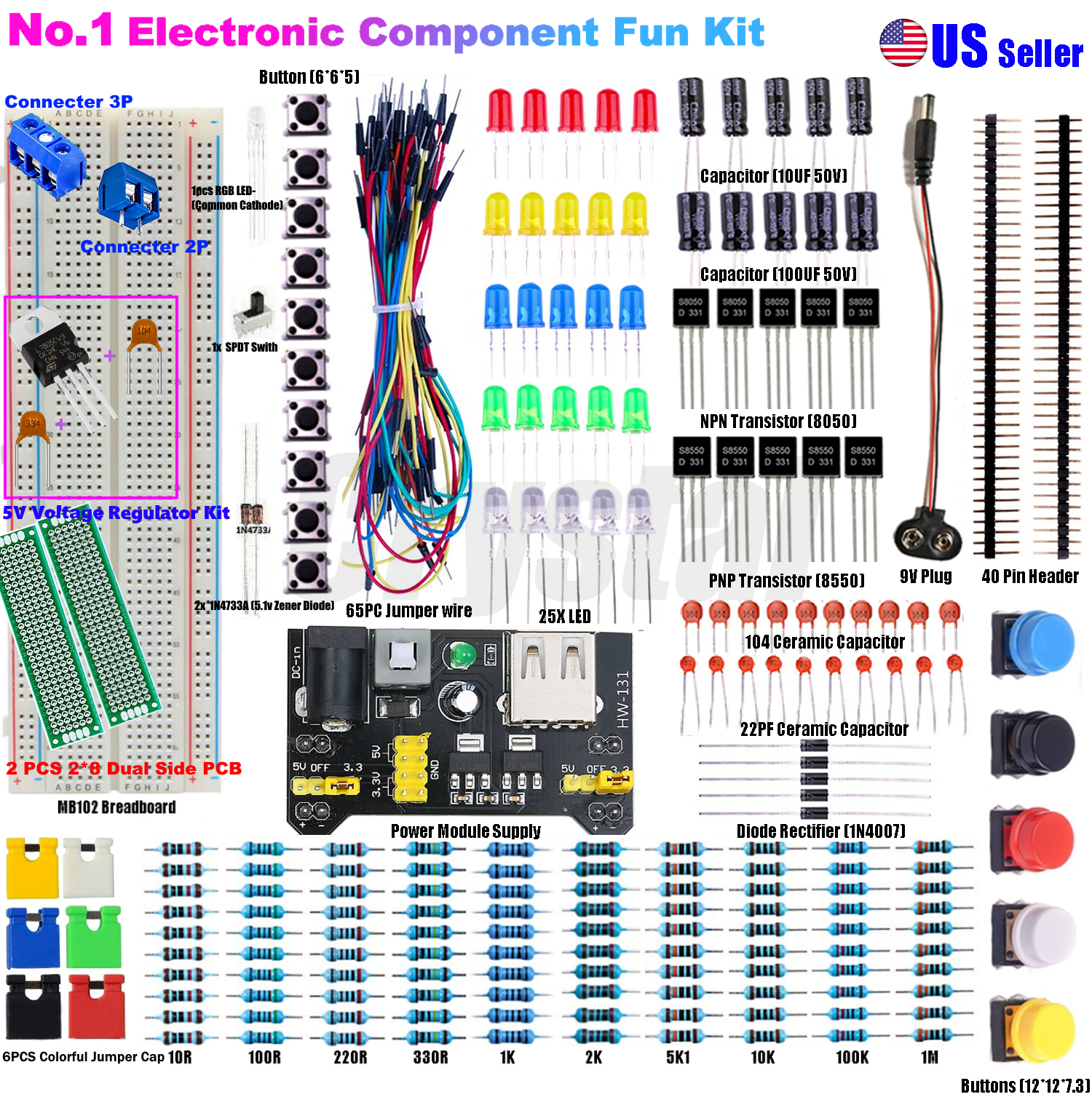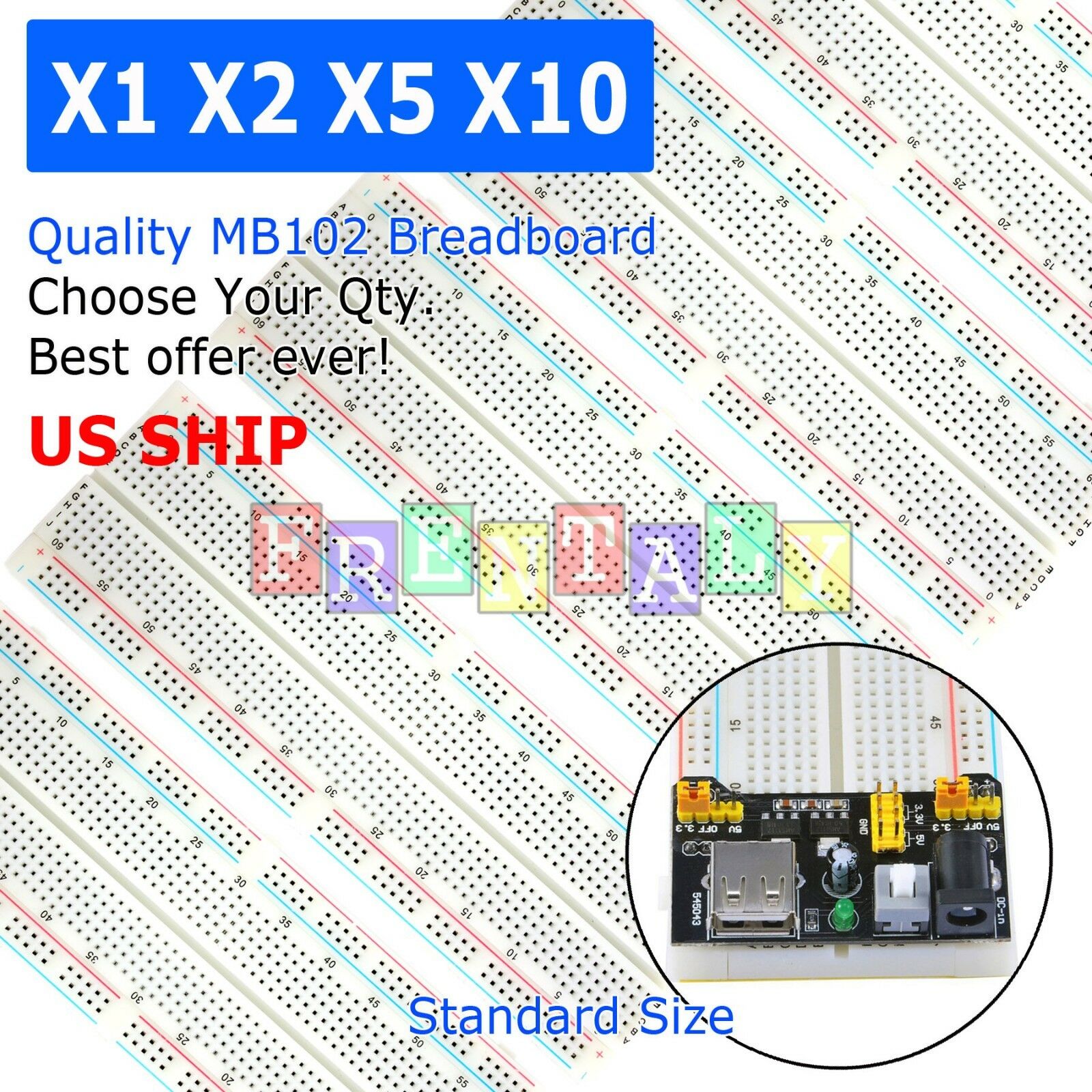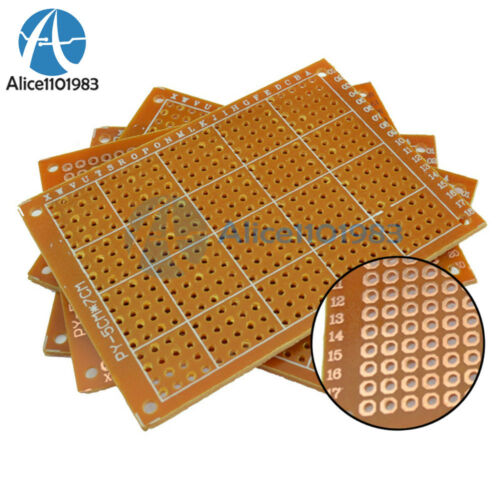-40%
Dry film solder msk - Dynamsk 5000 - (0,3m x 1m)
$ 13.2
- Description
- Size Guide
Description
Product Description:Dynamask ®5000 Series Dry Film Soldermask (DFSM) is an aqueous processible, dry film photopolymer
solder mask, utilizing epoxy chemistry materials well known for there electrical insulation,chemical
resistance and dimensional stability properties. Dynamask 5000 key performance properties include:
• Compatible with No Clean and aqueous based fluxes and Solder Pastes.
• Wide process latitude.
• Scratch resistant flexible film which improves via hole tenting integrity.
• Excellent resolution capabilty.
• Low tendancy for light bleed.
• Utilizes epoxy based chemistry for excellent physical, chemical mechanical and electrical
resistance properties.
• Meets or exceeds the requirements of IPC SM840C Class T & H, Mil P55110D and Bellcore
requirements.
Dynamask 5000 series film is a transparent, high gloss forest green material which is supplied in
thicknesses of 75 microns (3mils) and 100 microns (4 mils) the film is supplied in several widths and a roll
length of 100 mtrs.
Like most other dry film products the photopolymer is sandwiched between a 25 micron(1.0mil) polyester
support sheet and a 25 micron (1mil) polyethylene release sheet..
Application:
Dynamask 5000 series DFSM is recomended for use on rigid printed wiring boards, epoxy or polyimide
laminates, and performs well on a variety of metallic circuitries such as, copper, tin lead,bright acid tin,
nickel and gold.
Dynamask 5000 is compatible with most soldering operations,such as, Hot Air Solder Levelling, Wave
Soldering,Vapour phase and Infra Red soldering. The products will withstand most solvent and aqueous
defluxing media.
Because of Dynamask 5000 series high resolution characteristics, straight sidewall via holes tenting,
chemical and thermal resistance properties, the product is ideally suited for use on high density surface
mount technology (SMT) printed wiring board designs.
Dynamask 5000 series DFSM is designed for use on rigid printed wiring boards and is not recomnended
for use on flexible circuits.
General Processing Steps:
The processing of Dynamask 5000 consist of the following steps:
1) PWB Surface preparation.
2) Vacuum Lamination.
3) Exposure.
4) Development
5) Final Cure.
Environmental Requirments:
Lighting: Yellow Light.
Room Temperature: 20° - 22°C
Relative Humidity: 40 - 60 %
Surface Preparation:
To ensure the optimum adhesion of Dynamask 5000 the surface to be laminated should be free from dust
particles,grease, oxides and other forms of surface contamination Suitable cleaning methods include the
following:
A. Copper :
A clean dry copper surface with the correct surface topography is very important for good solder mask
performance in both Hot Air Solder Levelling and in assembly soldering processes. There are several
methods of cleaning copper surfaces :
Brush Pumice.
Wet Brushing.
Jet Pumice. Dynamask 5000 SI 210002
3 of 3
Chemical cleaning can also be used however more process control is required. Where chemical cleaning
is the prefered option, please discuss with your local Shipley represetantive.
A recomended process proven to be effective is :
1) Spray rinse with a 5% solution of hydrochloric acid.
2) Rinse in mains water plus a DI water rinse.
3) Brush Pumice (grade 3F)
4) Rinse in mains water plus a DI water rinse
5) Air knife and forced warm air blow dry.
It is important that the cleaned boards be be free from any oxidation and moisture. Complete drying can
be accomplished by drying the boards in a batch oven for 30 minutes at 72 °- 82°C . This is particularly
important where there is a requirement for reliable via hole tenting.
The acceptablity of the cleaned copper surface may be checked as follows:
1) Cleanliness / Wetability. A clean surfce should hold an unbroken film of water for at least 30
seconds.
2) Surface topography measurement should show 18 to 24 peaks / 100 micronswith a score depth of
2.0 to 4.0 microns.
B. Fused Tin Lead.
As with other surface finishes, boards should be clean, dry and free from residues of fusing fluids.A
cleaning process proven to be effective is :
1. Spray Rinse with a hot alkaline detergent at a temperature of 50° to 54° C
2. Spray rinse with warm mains water 50° to 54° C .
3. Rinse in DI water
4. Air knife and or forced air dry.
5. Batch oven dry at 110° to 129°C for 30 minutes
Drying.
As stated elswhere drying boards after surface preparation is important. Applying the Dynamask 5000
DFSM to a board that has been impoperly dried can result in both general adhesion loss and also hole
tenting failure.
Lamination.
Dynamask 5000 series DFSM is recomneded to be applied to the printed wiring board by :
Pre Tack Lamination using a Model 360 DFSM laminator or a hand lay up table.This is followed by :
Vacuum Lamination equipment, such as the Shipley Vacuum Laminator models 724 / 725.
Hot roll lamination is NOT recomended because of the potential conformation / air entrapment issues.
A. Solder Mask Thickness Selection.
Dynamask 5000 Series DFSM is available in thicknesses of 75 micron (3ml) and 100 micron (4ml)
The choice of solder mask thickness will depend on the pwb design geometries and height of the
circuitry.As a general guideline the film thickness selected will encapsulate the same conductor thickness.
However it is possible to laminate circuit heights up to 100 microns high with a 75 micron thick film. And
circuit heights of 100 up to 125 microns the 100 micron thick film.
B. Recomended Lamination Conditions.
1. Apply the Dynamask 5000 Series DFSM solder mask to both sides of the pwb usins a suitable pre
laminator .(Shipley # model 360 DFSM ) or by hand lay up. (At this stage of the process not heat or
pressure is applied to the laminated pwb)
2. Set up the Shipley Vacuum Laminator according to the following parameters.
Install Vacuum Applicator Bleed In Kit.
Set the Slap Down Cycle for 6 seconds (range 4 to 12 seconds)
3. Set Top Platten Temperature to 55° to 65ºC
Set Bottom Platten Temperature to 55° to 65ºC
4. Set Cycle time to 60 seconds (range 40 to 90 seconds)
5. Vacuum should be 1.0 mbar miniimum
6 Free space in the vacuum chamber 1.0 to 2.0 mm
Dynamask 5000 SI 210002
4 of 4
Note re free space / shim height in the vacuum chamber.
To effectively vacuum laminate it is necessary to adjust the the shim height of the bottom platten inserts
for different panel thicknesses. This is measured by placing the panel on the blanket in the bottom platten
and increasing or decreasing the amount of shims to achieve the free space of 1.0 to 2.0 mm.
Free Space is the distance between the top of the panel and the top of the lower vacuum chamber.
The objective in lamination is to achieve a Board Surface Temperature of 49° to 60°C. BST
measurement is measured by the use of temeperature tapes.
Following the lamination process boards should be racked vertically and allowed to cool to room ambient
temperature before going for exposure.
Exposure.
All Dynamask 5000 series DFSM films are negative working photopolymers which can be exposed
utilizing conventional non collimated UV exposure sources.
Allow the pwb,s to cool down to room ambient temperature after vacuum lamination before exposure.
This is usually accomplished in 15 to 30 minutes. It is preferable to expose the Dynamask 5000 resist
within two hours of lamination.
The exposure time for the proper polymerisation of the Dynamask 5000 is a function of the type and the
intensity of the light source. It must be determined empirically for each exposure unit used.
The films are designed to react in the spectral sensitivity range of 350nm to 450nm wavelength
Acceptable exposure levels can be achieved by using time / energy parameters that give a clear metal
step of 12 to 15 on a Stouffer 21 Step Sensitivity guide. The energy required to achieve the correct
exposure will be in the range of 100 to 500 mj cm2.
Note:
The amount of exposure energy the film receives will impact, resolution and adhesion, it can also impact
the level of ionic contamination on the film after develop / cure.
Prior to developing a hold time of 15 to 30 minutes is recommended. Panels should be developed within
two hours of exposure, but may be held for up to 72 hrs prior to developing.
Developing.
Unexposed (unpolimerised) Dynamask 5000 Series DFSM can be easily developed using a mild alkaline
solution in a totally aqueous, conveyorised spray developing unit.
Development is followed by a thorough mains water rinsing, DI water rinsing and finally a turbine dry.
Shipley recommend the use of their proprietary developing products REsolve 211 and REsolve 212R for
developing Dynamask 5000 DFSM products.
Typical developing parameters:
1.Developing Solution - 1% sodium or potassium carbonate (monohydrate) solution at a temperature of
27° to 35°C.
2. Spray pressure 1.7 to 2.1 bar. (25 to 30 psi)
3. Breakpoint 40 to 50% of the distance into the developing chamber.
4. Spray Rinse
5. Rinse Temperature 15 to 35°C
6. Spray Pressure 1.7 to 2.1 bar. (25 to 30 psi)
7. Air knife and /or forced air blow dry
Note:
The length of the rinse chamber should be at least 50% of the developing chamber length. For every
meter of developing we advise 0.5 meters of rinse.
Adequate rinsing after developing is required to remove all of the developing media and remove ionic
contaminants which can reduce post HASL ionic cleanliness values. In order to meet stringent ionic
cleanliness levels we advise the use of a cascading deionised water rinse after mains water rinsing. This
is especially important where the mains water is hard.
Dynamask 5000 SI 210002
5 of 5
Boards should be thoroughly dried after the developing process.
Excessive moisture in the film prior to the UV cure can result in the resist blistering on metallic surfaces.
Antifoam.
Depending upon the quality of water, developer chemistry quality and the amount of dry film loading, it
may be necessary to utilize an antifoam in the developing solution. Shipley recommends for this purpose
the use of Foamclear AF 2750. The amount used should be in the range of 0.13 to 0.26 mls /ltr.
Antifoam should be added at the time of developer solution make up. For automatic feed and bleed
systems, add the anti foam directly to the developer sump at the predetermined rate.
Note:
Do not use Anti Foams containing miscible solvents as they will attack the resist.
Final Cure.
Optimal physical, chemical, electrical environmental and end user assembly soldering performance
properties of Dynamask 5000 Series DFSM are obtained only after the final cure process.
The final cure (cross linking process) is a two step process involving both high intensity Ultraviolet energy
(UV) (The recommended lamp type is 80watt /cm mercury vapour) This is followed by a thermal cure.
The curing process is as follows:
1. UV Cure at 3 to 4 J/cm² (Single or double sided UV cure machine with 2 or 3 lamps)
2. Thermal cure in either a batch or conveyorised tunnel oven for 60 minutes at a temperature of 150º C
(Range 145ºC to 154ºC.)
Note.
It is recommended that the UV cure process be carried out before the thermal cure process.
Under curing can impact the performance of Dynamask 5000 series DFSM adversely in both Hot Air
Solder Levelling and in assembly soldering processes.
Over curing Dynamask 5000 series, at temperatures greater than 154º C can result in loss of resist
adhesion to copper surfaces, especially on ground plane areas.
Shipley recommends tight process control on the curing process, time and temperature.
P.S.: All info accoring to aplication you can find on youtube /watch?v=B0Syj4awcc8









